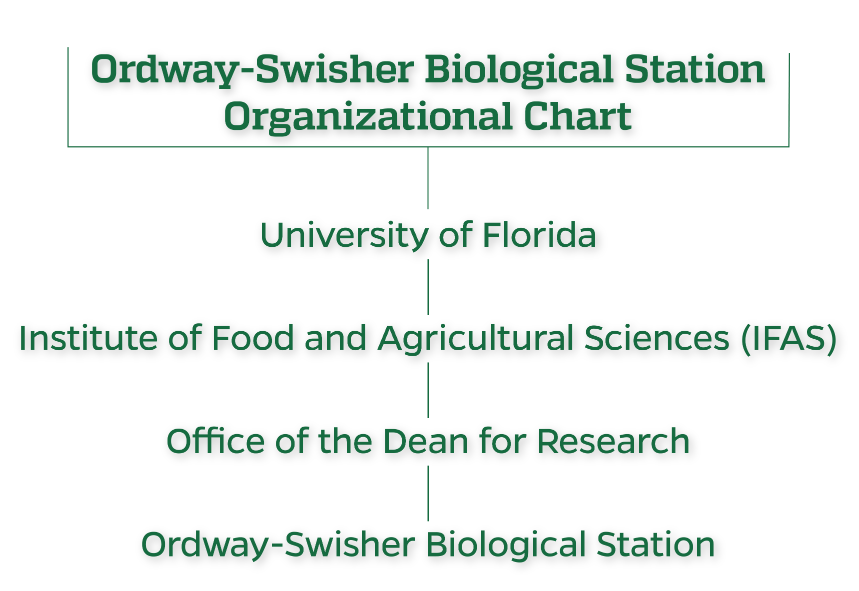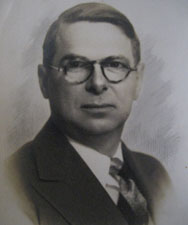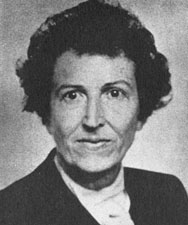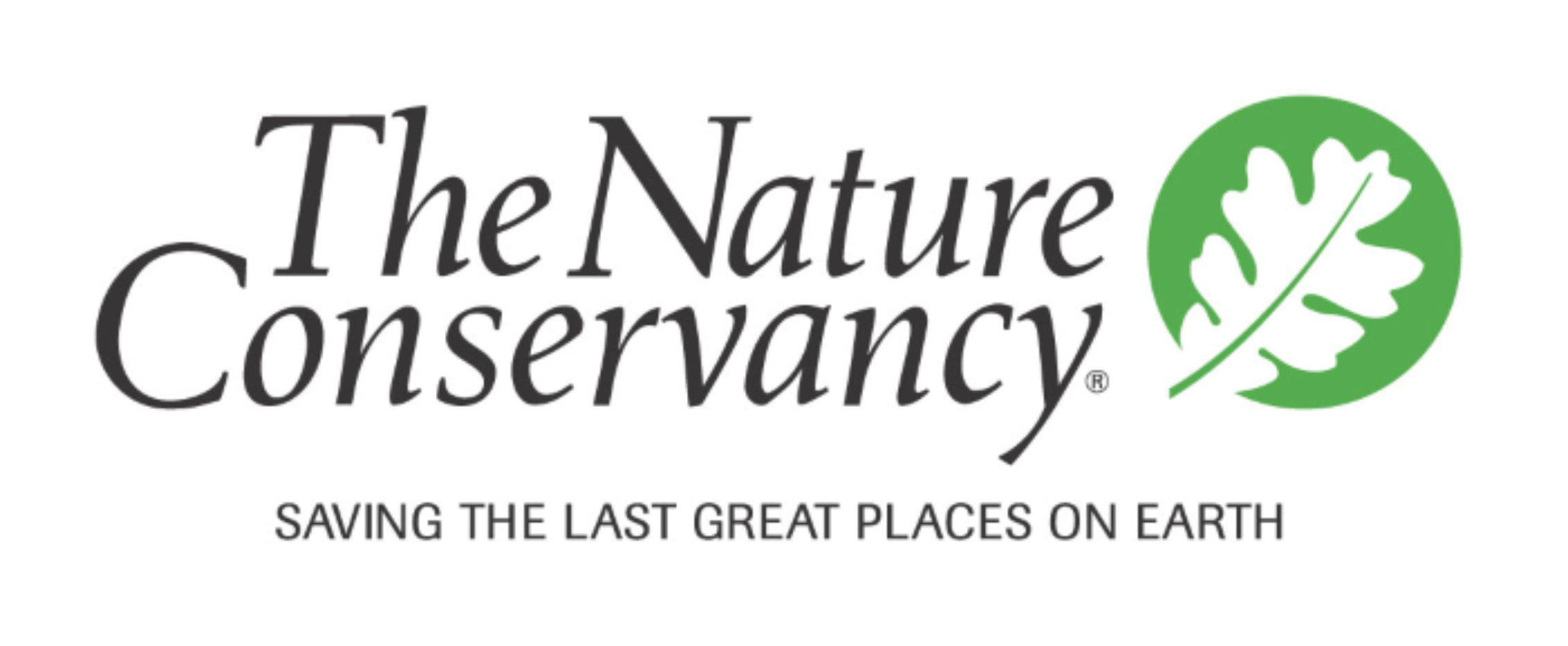
About OSBS
The Ordway-Swisher Biological Station (OSBS) is a University of Florida research support facility established for the long-term study and conservation of unique ecosystems through management, research, and education.
OSBS currently comprises over 9,600+ acres with building facilities to support research, education, and conservation efforts. The Station is administered through the UF Institute of Food & Agricultural Science's (IFAS) Dean for Research Office and is located approximately 20 miles east of Gainesville in Melrose (Putnam County, Florida).
Due to the sensitivity of the work conducted on-site, the facility is not open to the public except for arranged tours and events.
OSBS is a member of the Organization of Biological Field Stations (OBFS).
About Biological Stations
Biological stations, also known as research field stations, serve a number of critical scientific functions.
- They give researchers reliable access to the environment.
- They accumulate and integrate multidisciplinary, place-based knowledge that provides a baseline from which to evaluate environmental change and predict how biological systems may respond to it in the future.
- They also transform the lives of students of all ages and serve as training grounds for the next generation of scientific leaders.
- Finally, they are on the front lines of integrating science into decision-making and of communicating science to the general public.
About Our Mission and Goals
The Ordway-Swisher Biological Station’s mission is to further the study and conservation of unique ecosystems through research, education, and management. Specifically, OSBS’s goals are:
1. To help facilitate research
...by academia, governmental agencies, non-governmental organizations (NGOs), and the private sector on biotic and abotic processes in ecology and conservation.
2. To serve as a teaching and training platform
...for students of all ages to gain hands-on experience in research processes, Florida’s natural history, resource management, and conservation.
3. To manage the Station’s natural resources
...in order to enhance its conservation value and to provide research and educational opportunities.
About Our History
| 1920s-1970s
|
Carl S. Swisher began purchasing land in the late 1920s through his death in the early 1970s and for 50 years used the tract as his private hunting and fishing preserve. At his death he had amassed almost 25,000 acres. In 1979 the Swisher Foundation approached The Nature Conservancy for assistance in establishing a wildlife sanctuary as a monument to the late tobacco industrialist, Carl Swisher. Two tracts of land, totaling 3000 acres of wetlands and prairies, were donated to The Nature Conservancy. The acreage was named the Carl Swisher Memorial Sanctuary.
|
|
1980s |
In early 1980, the Goodhill Foundation awarded a grant to the University of Florida Foundation, Inc., to purchase approximately 6,000 acres of upland high pine sandhills from the Swisher Foundation. This acreage was to be preserved in the name of Katharine Ordway, the 3M Corporation heiresses who founded Goodhill. A conservation easement was placed across the Ordway tract to secure its protection in perpetuity. Both tracts were contiguous and so The Nature Conservancy agreed to lease the Carl Swisher Memorial Sanctuary to the University of Florida Foundation, Inc., and both organizations signed a joint stewardship agreement for the combined properties. The facility was to be operated as a field station to further the study and conservation of unique ecosystems. |
| 2006
|
In 2006, The Nature Conservancy transferred their ownership of the Sanctuary to UF. In order to more clearly identify the facility's use and purpose, the University of Florida Board of Trustees renamed the facility as the Ordway-Swisher Biological Station that same year. Additional lands have been added over the years to OSBS for the purpose of maximizing research, education, and conservation value. |



